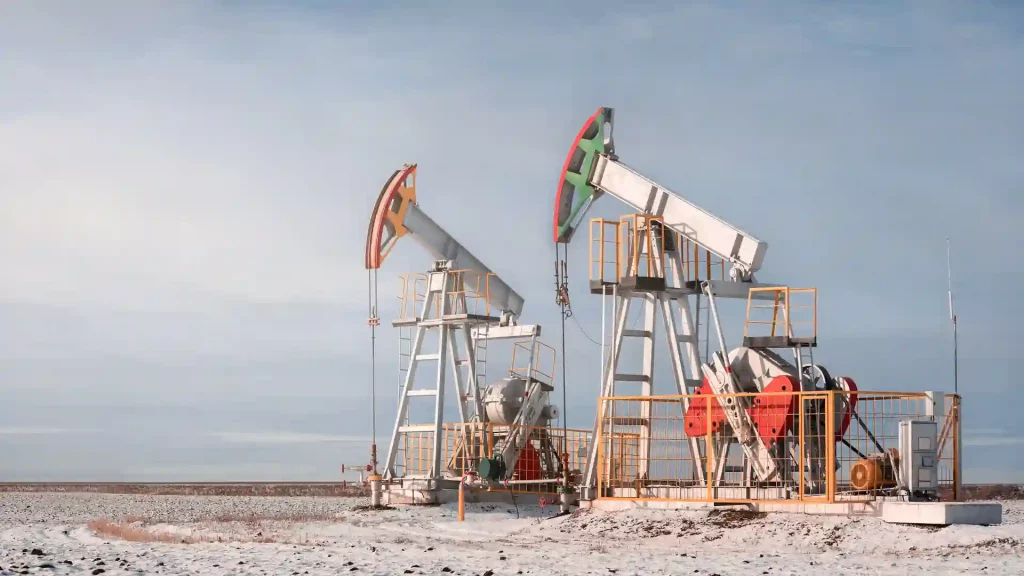S&P Global Ratings has upgraded its outlook on Bahrain from ‘negative’ to ‘stable’ on Saturday in anticipation that the Bahrain government will take measures and carry on with their efforts to bridge the budget deficit.
S&P Global Ratings upgraded its outlook on Bahrain from ‘negative’ to ‘stable’ on Saturday in anticipation that the Bahrain government will take measures and carry on with its efforts to bridge the budget deficit. New fiscal reforms are to be put into effect with the aim of improving non-oil revenues and slashing state expenditure. The long-term and short-term foreign and local currency sovereigns have been accredited a ‘B+/B’ credit rating. Bahrain holds a ‘BB-‘ classification for transfer and convertibility.
S&P states the economy of Bahrain is pooling benefits with an increase in regional activities, a result of a surge in oil prices that is easing pressure on the fiscal conditions. The country is focusing on bringing down the budget deficit, which will cushion debt to GDP in a sustainable way. It is expected that the external vulnerabilities will also repudiate amid current account surpluses. In the second quarter of 2022, Bahrain experienced a 6.9% growth in GDP year on year. This was the highest pace of growth in a quarter since 2011, signifying the recovery of regional tourism, hospitality, and transportation in addition to spiked oil prices.
Oil is a massive source of external and fiscal revenue for the country, but the share of hydrocarbons in the GDP mix is pretty low at about 17%. The government plans to correct this structural mismatch by raising taxes from non-oil revenue. There has been a 2.2% contraction in the hydrocarbon sector this year.
There is currently no gas export from Bahrain. There have been two gas field discoveries, Al Joubah and Al Jawf, which potentially could contribute to the growth projections of S&P Global.
Bahrain’s energy industry does not compare well with others in the Gulf. The country produces approximately 200,000 barrels of oil a day, whereas Saudi Arabia produces about 11 million barrels and the United Arab Emirates around 3 million barrels. It stated its intention to hire advisors to help it sell stakes in some of its oil and gas assets, aiding to globalise the industry to pool foreign investments this year.
In the first six months of 2022, Bahrain reported a current account surplus accounting for 17% of GDP braced by high oil and aluminium prices. It expects the economy of Bahrain to expand by 4.8% in 2022 and then decelerate to 2.5% over 2023-25 due to anticipatory fall in commodity prices, low global growth and contraction in global financing conditions. The relatively diverse economy derives certain benefits due to its close proximity to the Saudi market, low-cost abode and tight financial regulation, and well-educated workforce. S&P estimated Bahrain’s per capita GDP to be about $27,300 for 2022.
S&P states they could increase ratings over the next 12 months provided the budgetary position of the government improves greater than their expectations, thereby contributing to a sustainable reduction in the net debt to GDP in addition to a strong current account surplus supporting Bahrain’s external position. The revisions in the outlook to ‘stable’ could unfold if the net debt and debt-servicing burden of the government surges beyond assumptions and if foreign currency reserves fall, weakening the government’s ability to service external debt.
Bahrain is also on the move to double Value Added Tax (VAT) to 10% in 2023, which is expected to contribute to economic receipts accounting for 3% of the Gross Domestic Product by the next few years. Currently, it stands at 1.7% of GDP.
The country also has a plan to rationalise operational government expenditure and local subsidies in the next two years, leading to a shift of focus from the revenue raising from non-oil products to the spending side. There, however, exists a high implementation risk owing to the fragile socio-political environment existing in the country contrasting the efforts of the government.
